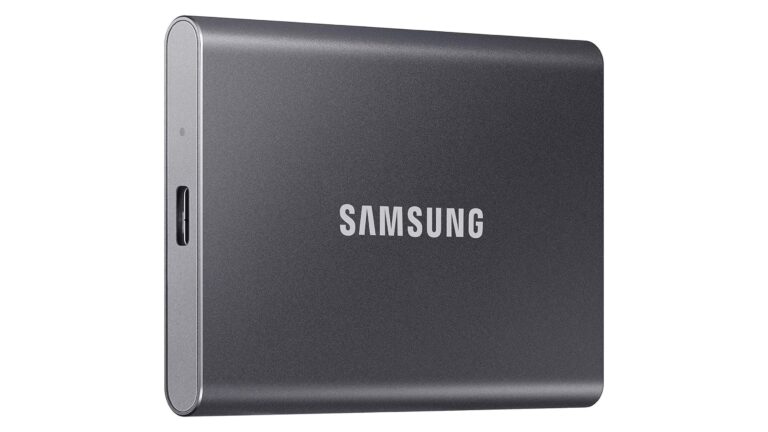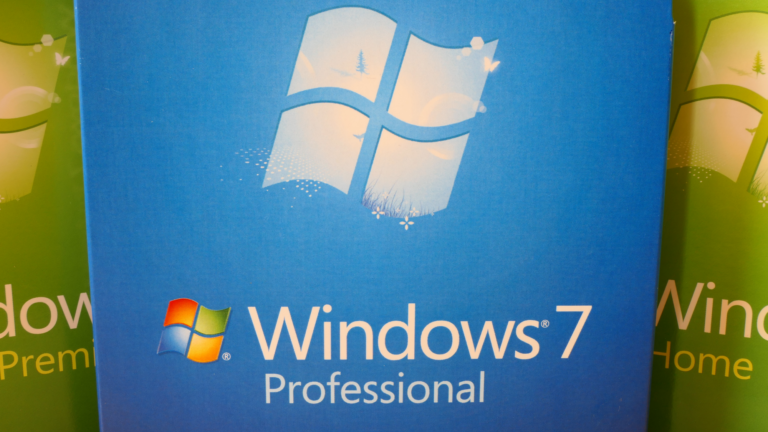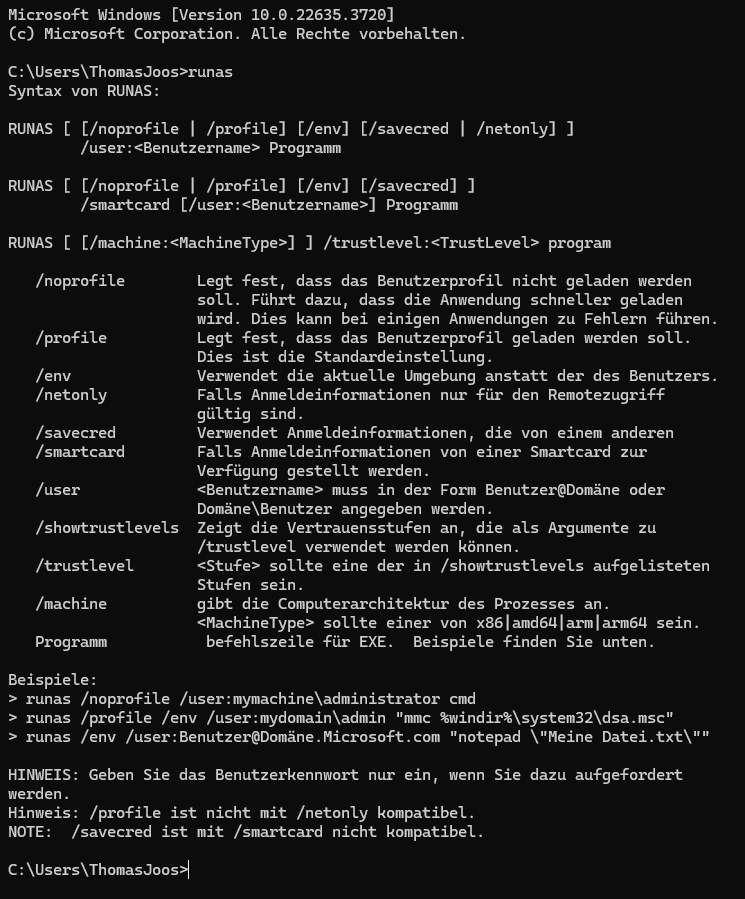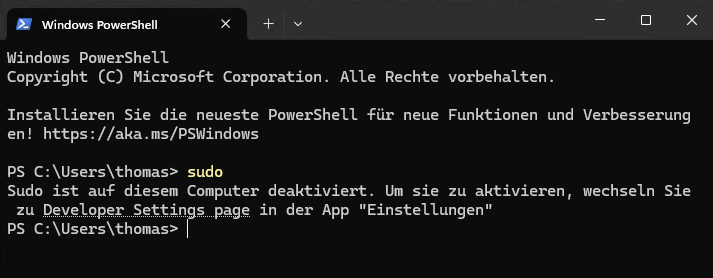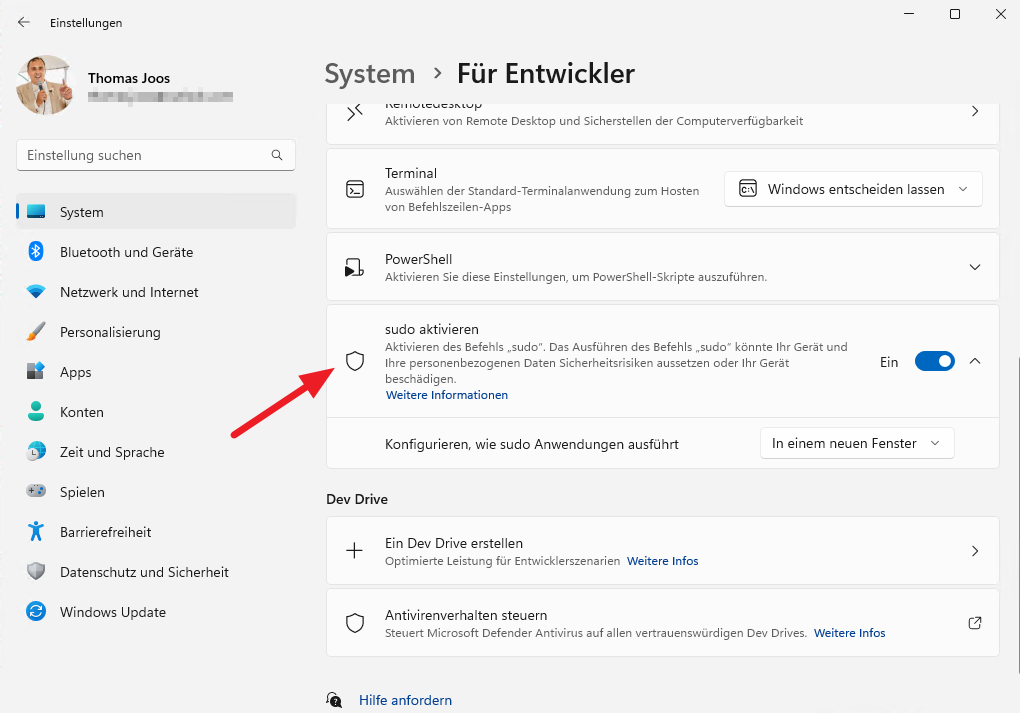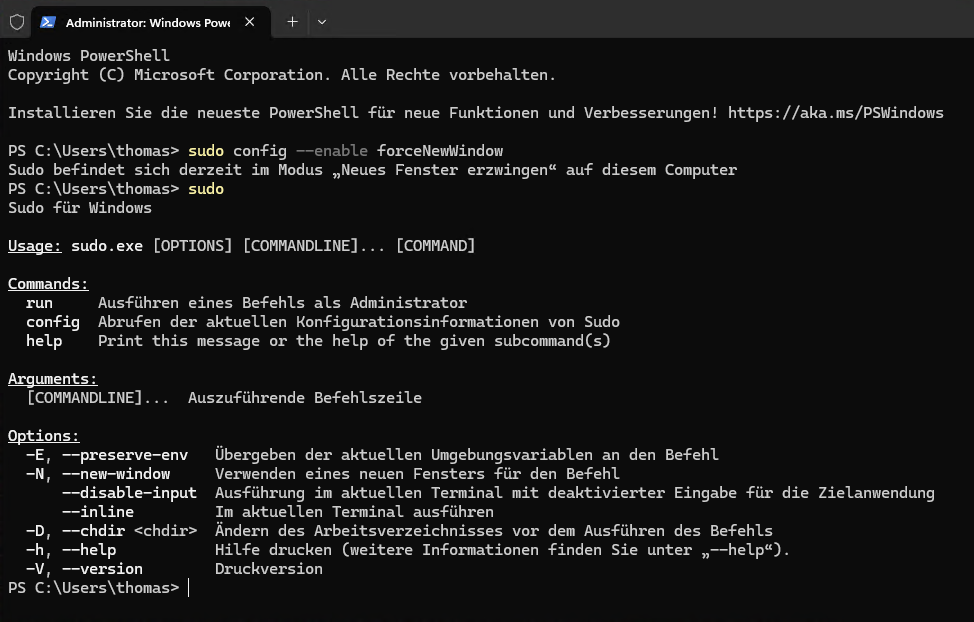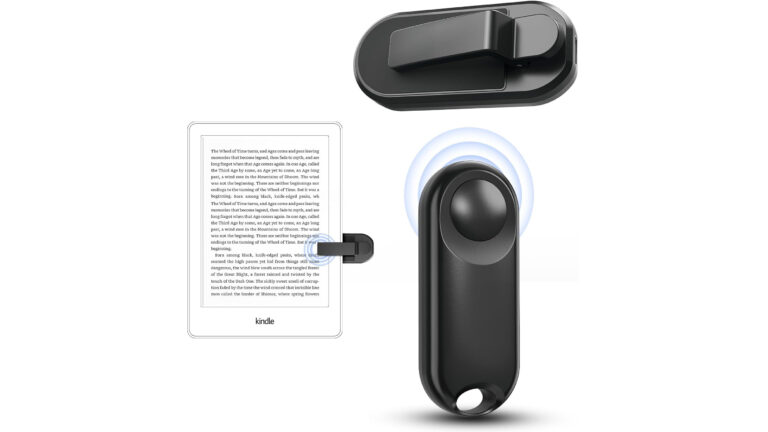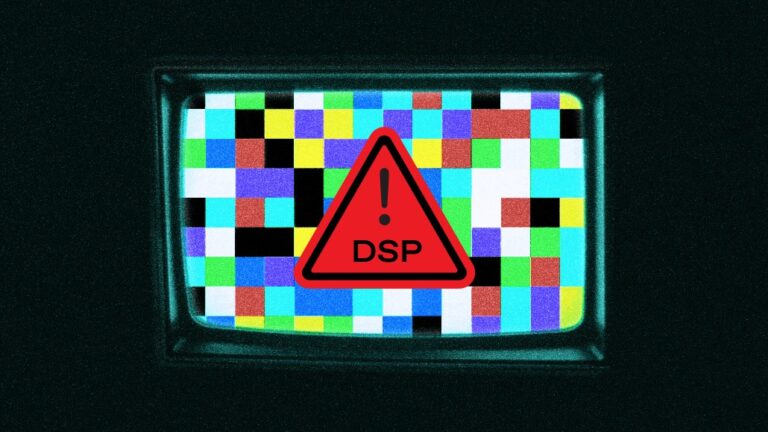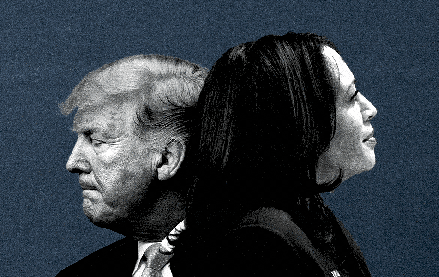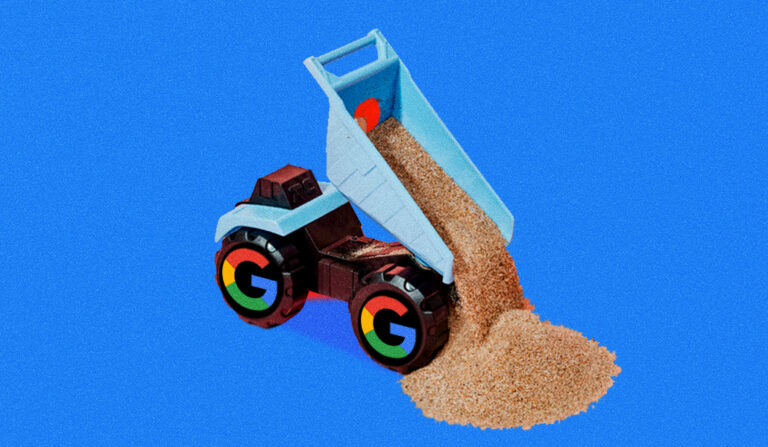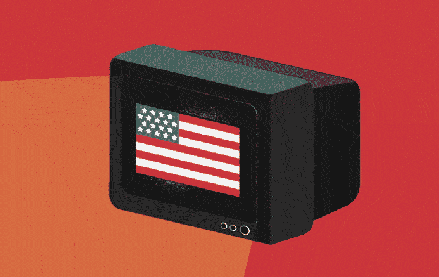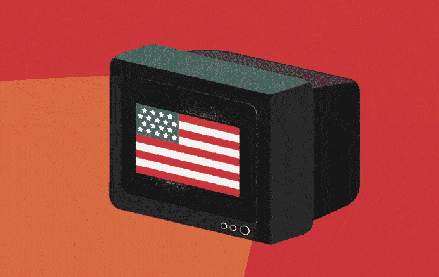This Media Briefing covers the latest in media trends for Digiday+ members and is distributed over email every Thursday at 10 a.m. ET. More from the series →
Just last week, publishers told Digiday that allocating resources to testing Google’s Privacy Sandbox in-house was not worth the effort.
But Google’s announcement on Monday to reverse its plans to fully deprecate third-party cookies from its Chrome browser seems to have, in turn, reversed some publishers’ stances on the Privacy Sandbox.
“[The Privacy Sandbox] is something we’re going to focus our attention towards,” said Amit Grover, head of programmatic partnerships at Quizlet. Until now, the publisher has been testing other cookieless solutions, not the Privacy Sandbox, he added.
One silver lining of Google’s consistent timeline pushbacks of cookie deprecation over the past four years was the fact that it gave Grover’s team time to implement most of the major cookieless solutions they wanted to test. “We feel like we’re in a good place [with other cookieless solutions on Safari and Firefox], so we can shift our focus to learning [and] testing Privacy Sandbox,” he said.
Even though full cookie deprecation isn’t coming to Chrome as publishers expected, the uncertainties around the timeline for this new proposal, as well as how users will react to it has put a blindfold on publishers. The previous deprecation timeline at least provided publishers with the gradual deprecation of third-party cookies from 1% to 100%. But leaving it up to the user eliminates the guarantees of how many users will be addressable or if it’s going to be a big change occurring all at once versus a slow rollout, which is hard to plan for and worrisome.
“The timeline was such a friend of the publisher as the forcing function,” said Scott Messer, founder of media consultancy Messer Media.
For other publishers, testing in the Privacy Sandbox has always felt like an inevitability, but the lack of adoption on the buy side, coupled with reports from companies like Criteo and Index Exchange that showed revenue declines of 33-60%, kept them from earnestly dedicating time and resources to it.
Test test test
It’s notable that publishers are declaring now that it’s time to experiment with the Privacy Sandbox, considering Google’s announcement theoretically alleviates some of the need for its cookieless solution by giving users the ability to keep third-party cookies around longer. But publishers are convinced that by giving the choice to Chrome’s users to opt out of third-party cookies, non-cookied inventory on the browser will increase drastically, possibly by as much as 80% — and possibly overnight depending on Google’s rollout plans. And that puts more pressure on publishers to get their cookieless ducks in a row.
Three publishers and two media consultants told Digiday that they are telling their teams or clients to continue testing the Privacy Sandbox, while also using this time to shore up other cookieless alternatives like ID bridging, data clean rooms and deterministic identifiers.
“I would recommend to a lot of my pubs to continue keeping up with [the Privacy] Sandbox, but spend more time investigating and testing all the other alternatives because we don’t know the timing of Sandbox,” said Messer.
“I was always going to support the Privacy Sandbox,” said one publisher who spoke on the condition of anonymity, but added that until now, they’ve found it too challenging to draw conclusive results from the Sandbox while cookie deprecation on Chrome hovered at only 1%. Therefore their tests remained passive and as part of larger studies with ad tech partners.
The challenge, though, is what this change will do to the already poor show of support of the Privacy Sandbox on the ad tech side, not to mention the buy side, which is now able to cling to third-party cookies longer, the publisher added.
“Because there is no hard deadline [for deprecation] … I just think overall, this could have an impact to the effectiveness of what that solution becomes. I don’t doubt that Google will continue to invest in it, but will this impact what was already a challenging landscape of support? I think that it will,” the publisher said.
IP address uncertainty
Another reason why publishers are leaning toward the Privacy Sandbox now is because of what Google’s announcement indicated about blocking users’ IP addresses, which are used in other cookieless targeting solutions like ID bridging or probabilistic identifiers, a second publishing exec said on the condition of anonymity.
According to Google’s blog post that laid out its Privacy Sandbox and Ad business proposal, the company intends on extending IP Protection (currently a part of Privacy Sandbox) to Chrome’s Incognito mode. And while the timeline is also unclear on this change, the post said: “IP protection won’t launch as a default setting for Chrome users before 2025.” But if it’s a default setting, that will have another impact on user addressability.
“An IP address is probably being used in a probabilistic ID … There’s a very good chance, from a publisher perspective, that that’s being used. So there’s a big question of how identifiers will be now looked at,” the second publisher said.
‘Still needs a lot of work’
For The Globe and Mail, the Privacy Sandbox has been pretty well tested at this point, according to head of ad tech and performance media Pritesh Jumani, but its current status leaves a lot to be desired.
While he declined to share exact figures, Jumani said that eCPMs through the Privacy Sandbox were “quite low” compared to third-party cookie inventory, and only marginally better than Safari eCPMs.
Therefore, while the Privacy Sandbox is still enabled, Jumani said it “still needs a lot of work” and is viewed as an additive to other cookieless targeting solutions that his team uses, including data clean rooms and first-party data.
What we’ve heard
“There are a lot of problems in ad tech [that] survive because of third-party cookies. Look at MFA and all of the issues that are there. They’re existing because of third-party cookies. And if buyers continue to be reliant on those strategies, it’s going to affect programmatic as a whole.”
– An anonymous publisher who was eager for full cookie deprecation from Chrome
Publishers’ wish list for Google
Google’s announcement on Monday left a lot to the imagination when it comes to timelines, messaging and execution of its new approach to removing third-party cookies from Chrome.
While the decision to have third-party cookies on the tech company’s browser will ultimately be left to Chrome users, publishers said they want a say in how that decision is presented to users.
Below are some of the top questions and wish list items that publishers have for Google:
Not only did the early 2025 deadline for cookie deprecation go out the window with Monday’s announcement, but so did any semblance of a timeline for when changes will come to Chrome.
“A timeline would be great,” said a publisher who spoke on the condition of anonymity.
- Focus on education, not fear mongering
Since it will be up to Chrome users to decide whether they will allow third-party cookies, publishers said they want Google to be thoughtful in how they’re telling users about this change and highlight the fact that allowing ad targeting helps maintain a free and open internet.
“If they take an approach like Apple, [which] made it seem really scary to have your data tracked, that would encourage people to opt out,” said the publisher.
- Allow us to provide feedback on the proposal
Similar to how publishers were granted access to round table discussions and working groups for the Privacy Sandbox, publishers said they want a seat at the table for Google’s latest proposal too.
“I hope that they at least allow the community to continue to add our thoughts to this, because it is important how it’s rolled out and how it’s perceived by the user,” said Ryan Maynard, vp of programmatic sales operations at Raptive.
- Figure out the least disruptive messaging strategy to users when presenting them with the choice
Publishers aren’t yet sure whether it will be better for their businesses if users are presented with the option to allow third-party cookies at the website level or the browser level.
Regardless of where the question pops up, publishers agree that the user experience is going to play a major role in their decision. “If it’s a whole bunch of words, they’re most likely not going to read it. They’re just going to click the biggest and shiniest button,” said Quizlet’s Grover.
Numbers to know
4%: The portion of Meta’s annual revenue in EU countries that the company might have to pay as a fine in the EU for misleading users that Facebook is free under its ‘pay or consent’ model.
500: The number of staffers that the BBC plans to lay off by March 2026.
$54.6 million: The amount of organic revenue LBG Media, owner of LAD Bible and Betches Media earned in the first half of 2024.
626 million: The total monthly active users on Spotify at the end of the second quarter.
What we’ve covered
Why Google’s cookie deprecation reversal isn’t actually a reprieve for publishers:
- Eleven publishing execs told Digiday that they would be maintaining or increasing their tests of cookieless targeting alternatives, including Google’s Privacy Sandbox, as a result of the announcement.
- But as frustrating as the decision reversal might be, ultimately, the publishers feel that their work to alleviate revenue dependencies on third-party cookies has not been in vain.
See publishers’ reactions to the Google news this week here.
After years of uncertainty, Google says it won’t be ‘deprecating third-party cookies’ in Chrome:
- In an “updated approach” announced in a blog post today, Google revealed it won’t be “deprecating third-party cookies.”
- Instead, it’s introducing a “new experience in Chrome” that lets users make an informed choice across their web browsing, which they’d be able to adjust at any time.
Read more about Google’s third-party cookie reversal here.
Google’s privacy shift on third-party cookies sparks concerns of Apple-like control:
- Google’s evolving stance on privacy seems to be mirroring Apple’s, using it both as a shield and a sword.
- In other words, Google’s not exactly killing third-party cookies; it’s just handing the job over to the users.
See why Google’s proposal mirrors Apple’s previous moves here.
Ad world is relieved but skeptical about Google’s decision to keep cookies in Chrome:
- The pivot caught many by surprise given Google had sworn it would happen, regardless of the multiple delays.
- Google, it appears, has cooked up something that seems, at least on the surface, to mimic Apple’s plan to stamp out third-party tracking on its devices.
Learn how the ad world reacted to the Google news this week here.
What we’re reading
Wall Street Journal reporter Evan Gershkovich receives a 16-year sentence in Russia:
After being detained in Russia in March 2023, Gershkovich was accused and convicted of espionage by Russian officials and received a 16-year-long prison sentence, Business Insider reported. The U.S. government as well as The Wall Street Journal have denied that Gershkovich was acting as a spy.
BuzzFeed sells its Bring Me! franchise to travel media company Lost In:
BuzzFeed is continuing to sell off pieces of its portfolio in an attempt to rightsize its finances, Adweek reported. Its travel franchise, Bring Me!, was sold for an undisclosed sum to Lost In, which was the second acquisition for the travel media company.
AI search engine Perplexity receives another publisher cease and desist:
Condé Nast is the latest publisher to accuse Perplexity of copyright infringement by publishing its content in the AI search engine’s results without permission, The Information reported.


